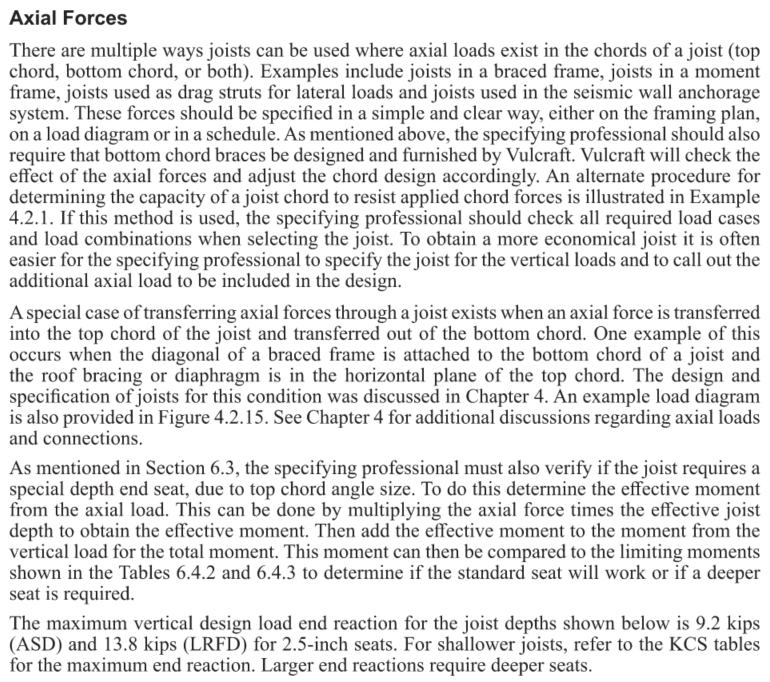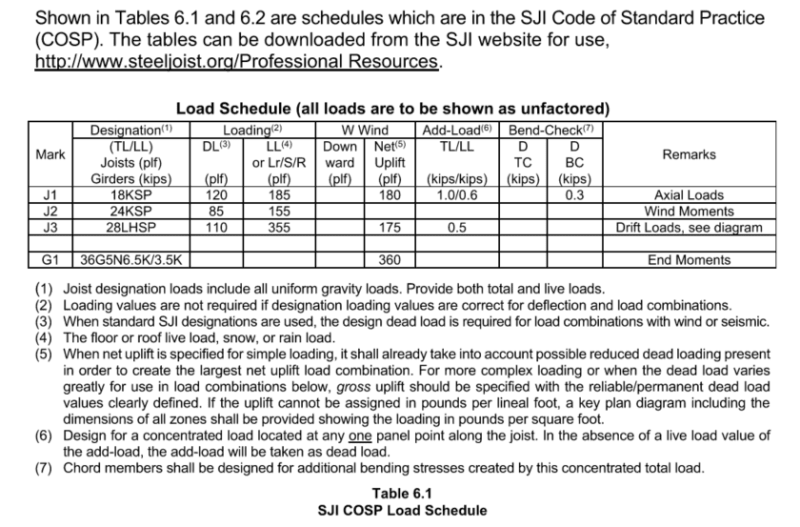JStructsteel
Structural
- Aug 22, 2002
- 1,462
Can a truss be used as a drag strut? If so, just provide a note or diagram for the loads?
Follow along with the video below to see how to install our site as a web app on your home screen.
Note: This feature may not be available in some browsers.


Oops... are we?KootK said:We're talking wood truss, right?
StrEng007 said:Oops... are we?
JStructsteel said:I will detail the diaphragm, and the connection at the sill
